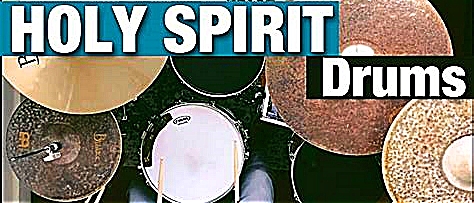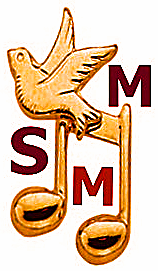Spirit – Practice – Drums – BT1

Practical steps for your pre-performance personal Drum Practice before the 1st Band rehearsal
Please follow the BLOG Etiquette to stay on topic and pass the moderator’s check. Bold, underlined text below = future links to the BLOG pages.
If you don’t know how to create drum charts from lead sheets and/or by ear, please Contact Us to set up a lesson. The simple procedure below will save you hours of practice and will definitely help you communicate and work more effectively with other musicians when the time comes:
- Print out any lead sheets the church has provided or ask them where you can find them.
- Listen to the music the church has provided or the more popular versions from the internet to mark up your lead sheets with:
Music style (Gospel, March, Folk, Alternative Rock, Blues, Latin, Country, etc.) – put this in upper left-hand corner in pencil, as with everything below.
Tempo (Very Fast, Fast, Medium, Slow, Very Slow) or estimated Beats-Per-Minute (BPM) from a metronome – put this in upper left-hand corner.
“Artsy” things to do (if any) in the Intro, when the drum beat comes in, and if there is a lead-in “F” i l l.
Basic beats written out for each section with Time-Keeper used (Ride, tight Hi-Hat [HH], slosshy HH, Crash-Ride [CRide], Low Tom [LT]).
Use the overall rhythm of the lead sheet to determine what kind of notes (1/4, 1/8, triplets, 1/16, or mixture) are best for the Time-Keeping Feel.
Use the lower notes of the lead sheet to indicate where possible bass drum beats can be marked.
Use arrows to quickly see the navigation of the repeats, signs, coda, etc. of song structure or form.
Mark “S”tops and the count when the “F” i l l begins within the Break, and whether the F i l l is a windup in note density (<) or a wind-down (>).
Mark gradual or sudden Buildups (B <) of repetitive rhythms and/or volume start and end (usually on a Crash).
Mark any obvious “C”rashes (or use a big “*”), especially in rhythmic figures, most often placed over or on a chord marking.
Mark any cymbal rolls (“X~~~~” above music) or delicate “Tink”ling of the cymbals for artistic effect.
Mark any Hi-Hat “O”pens or foot splashes (“X~~~” below music).
Mark in any hand-percussion you will add for effect.
- Now practice this drum chart to the music recording you have, making refinements to it along the way. Play it so many times that you really don’t have to look anymore at the music stand. You ultimately want to turn your attention away from “technicals” and focus completely on “worshipping by [singular] Spirit and/coupled [singular] Truth, for they are the kind of worshippers the Father seeks” (John 4:23-24).
- Thank the Lord for your awesome practice session and thank Him in advance for a future opportunity to practice at least one more time before you get together with the other musicians.
- Don’t stress out about getting everything just perfect. The main thing is keep your eyes on the Lord’s smile as you play until the song flows by the Spirit. You want to surrender your control completely to the Lord!


